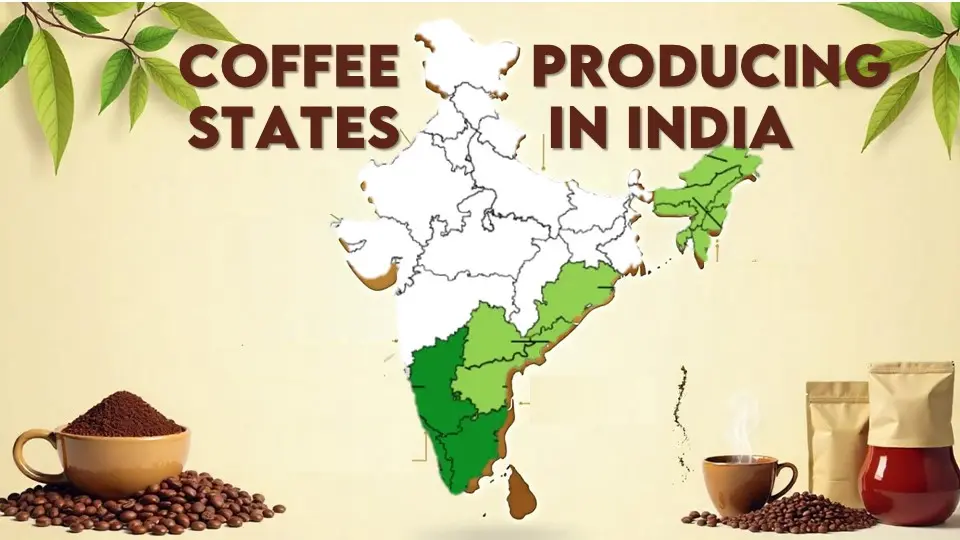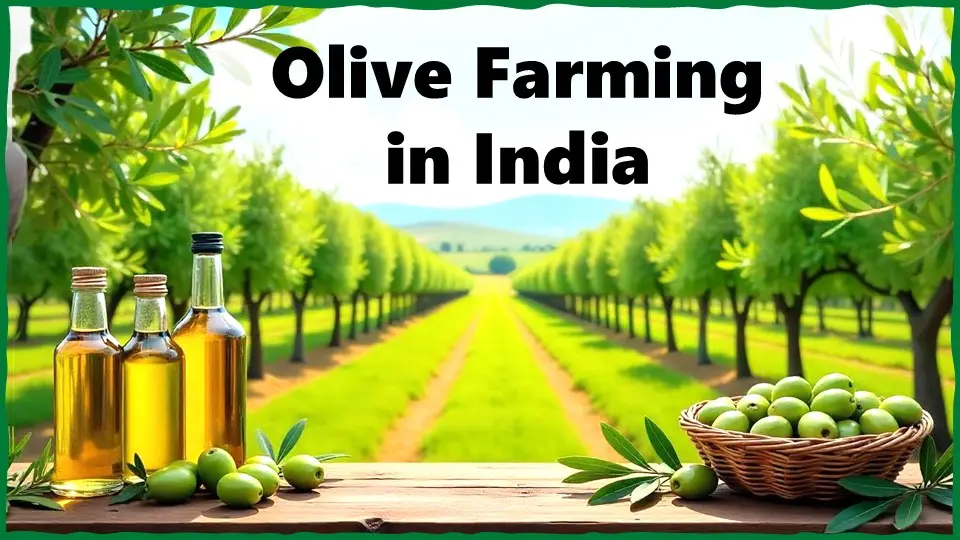How makhana is made | Makhana farming – So, let’s see How Fox nuts are grown and why are they so expensive? Fox nut farming (Makhana Farming) is a long tough process and that is why their market price is high. Water lily seeds which are also known as Foxnuts look like popcorn and are a popular snack in Bihar.
What is Fox nut?
Locally Fox nuts are known as Makhana. The seeds of the prickly water lily plant which is when popped are known as Fox nuts.
In India, Farmers work tirelessly for over 4 days wading through water up to four feet deep kneeling in a scorching sun, and roasting the seeds in a carefully managed series of heated woks. Even after everything is done right there is no guarantee that the seed will pop.
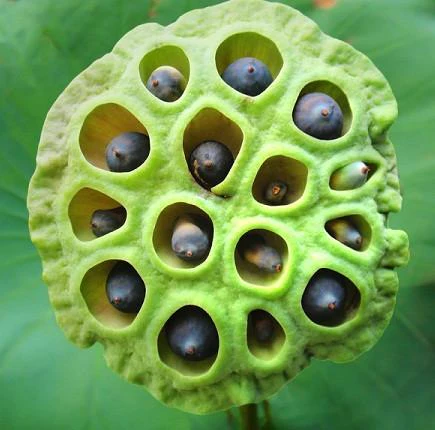
Read More:
- Is Aloe vera farming profitable?
- Finest Terrace Garden Ideas to Transform Your Rooftops
- Earn up to 3 lakhs in 3 months through Tulsi Farming
How makhana is made?
On the surface, the water lily plant looks like lotus gigantic leaves floating on the water, but the differences reveal themselves upon a closer look. Each plant is covered in thorns, these barbs pose the main danger to workers harvesting the seeds.
It is a challenging job, as there is always a chance to get pricked. But the poor people do this work for earnings. There are six fruits in one plant and there are spiky thorns all over. The seeds are at the bottom of the pond and the water is not clear enough to see and avoid the thorns, so people use a stick to move the plants aside.
Each plant can yield anywhere from 75 to 125 seeds. They need heavy rains in the spring to start bearing fruits that contain seeds. When summer comes the fruits start to rot and release the seeds.

After the fruit rots, the seeds first float on the water. After that, when the seeds receive more heat from the sun, they sink to the bottom and get trapped in the soil.
Time of Harvesting for makhana plant?
After the seeds have been in the soil for around one month is when they are fully ready to be fit-harvested from the muddy pond. But not all seeds are fit for harvesting, some are deformed or unripe. At the same time, ripe seeds can’t stay too long in the pond otherwise, they won’t pop.
Workers pick the seeds with their hands coming to the surface and direct them towards a special type of basket called Gaja which they use to clean the seeds and separate them from mud. Despite their best efforts collecting all the seeds in the pond is impossible.
Water lily seeds are small and dense meaning some seeds will sink to the bottom of the pond where farmers can easily overlook them.

How Fox nuts are harvested?
In a single day, farmers harvest an average of 100 kilograms of seeds. There is no fixed mark. If the crop is good, then there can be up to 200 kilograms in a single day. If the crop is not good the harvest will be low. Water lily seeds are harvested in two waves each season.
The second harvest is even harder because there are fewer seeds in the pond and workers must search for the seed that has been left behind in the mud. While the first time the yield can be up to 150 kg of seeds there could only be around 10 kg during the second harvest.

Once out of the water, workers stomp the freshly collected seeds to remove the outer skin then place the seeds back into the basket and take them back to the water to clean then the harvest of that day is weighed.
To successfully pop a seed, it can take up to 4 days of work. At the processing facility workers clean the seeds once more.
Drying of Fox nuts –
The next step is to sundry the seeds to remove all their water content. It is sort of wet inside. After drying them, they become starchy inside. The amount and quality of sunlight the seeds receive is crucial in determining whether they will pop or not.
It should be dried for about two hours for the starch and moisture inside to dry up completely.
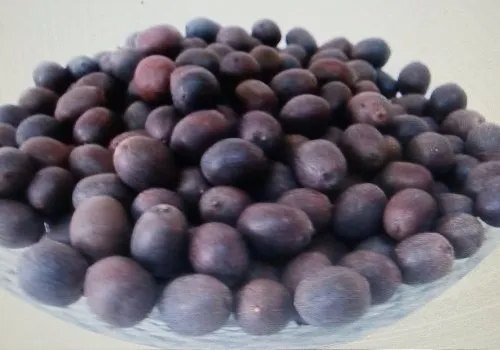
Farmers pop the seeds to see that it is not completely crumbling and that it is sticking together. This is the main technique to check if the seeds have dried correctly.
How does climate affect the harvest?
A successful harvest has a lot to do with the weather. This has a direct impact on the size of the water lily flower and in turn the quality of its fruits and seeds. The plant has red stems with flowers on top, kind of like in Lotus.
Due to excessive heat, the flowers which were supposed to be a big flower like lotus will grow very small.
How are Fox nuts Roasted?
After drying, the whole batch is ready to undergo a gentle roasting in a clay wok. The seeds are very fragile and can’t withstand very hot temperatures. Iron woks heat up too fast, so the seeds get burnt.
After the first roast the seeds need to rest overnight for 15 hours, the next day they are ready to be caught. It takes 10 people to roast 100 kg of water in the seeds.

Out of these 100 kilograms only 35 kg will pop and become good-quality fox nuts. For the second roast, the woks are made of iron, the seeds are strong enough to retain heat and that is why they will need to pop the seeds roast in a series of six different works so they can be carefully heated up.
Read More:
- History of Organic Farming
- Is Hydroponics Farming Profitable In India?
- Shree Anna | Millets Map of India
How Fox nuts are prepared for use?
When a seed is ready to pop it will make a crackling sound that is almost imperceptible. Some seeds might require popping with less force while another might need more.
To pop the seeds workers, use a paddle called a puppy, but even with the right technique some seeds will just not pop. If the wok has 100 grams of seeds, only about 85% to 90% of the seeds will pop.
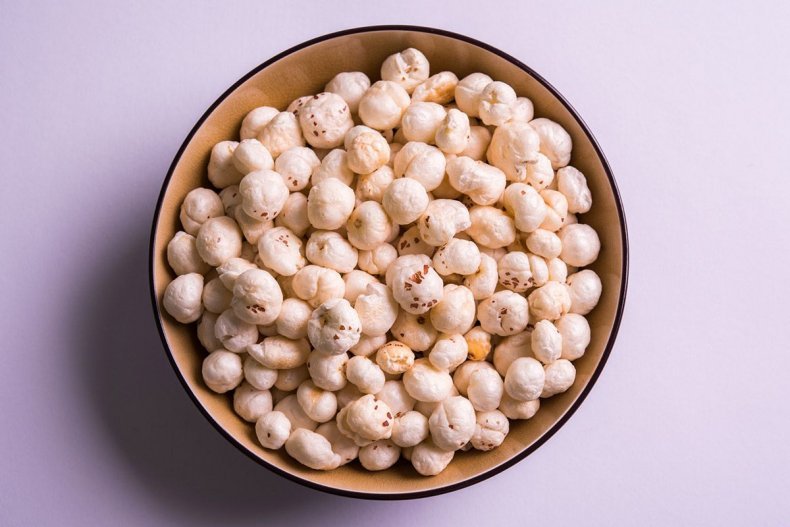
Once the seeds have been popped, they are cleaned and processed by size again in the machine. The machine removes the outer reddish skin, and it polishes the fox nuts to prepare it for market.
Market value of Fox nuts-
The company processes about 30 metric tons of water lily seeds per season out them only 40% successfully pop and turn into good-quality foxnuts.
These popped seeds are now worth up to 550 rupees per kg and they will reach 900 rupees in bigger cities like Delhi. And up to 170 dollars per kg in abroad.
During 1998, the rate of fox nut was between Rs 80- 90 per kg. At that time, it was not much popular as it is now. There was no market for foxnuts. It was primarily used for religious purposes. But now, it the profit has gone up by 30% as compared to then.

Fox nuts Benefits –
The seeds are rich in fiber, protein, and antioxidants. A top-quality fox nut will have a sweet undertone while the low-quality foxnuts will have a slightly salty taste.
There is also a difference in their color. A good quality foxnut is white whereas the other one will be brownish.

Read More:
- How to Make Natural Colours From Flowers: Exploring Nature’s Palette
- Should All Indian Farmers Shift to Organic Farming: 3 POVs
New opportunities for Fox nut farming-
The new market has created new opportunities for workers and farmers. The government has launched a scheme to repurpose 104,000 hectares of abandoned lowland for foxnut cultivation.
Today 60% of water lily seed farming takes place in flooded lowlands as opposed to ponds and wetlands where the practice originated and as the habitat of the water lily plant changes so does the flavor of their popped foxnuts.
Earlier, foxnuts were grown in deep ponds. The taste of the foxnuts from those ponds, and that time and the ones we have now are different. Foxnut seeds back then used to have more starch content.
Latest Post….
- Top 10 Vegetable Farming Profit Per Acre in India
- Button Mushroom Farming: Infrastructure, Cultivation, and Profitability
- How to Grow Oyster Mushrooms at Home in India
- Top 10 Profitable Fruit Farming in India
- Top Coffee Producing States in India
- 15 Best Indoor Farming Business Ideas in India
- Saffron Farming at Home: Amazing Guide for You in Steps
- Aloe vera farming in India – Cost, Market Trends and Profits
- Olive Farming in India: High Demand Oil Crop in 2025







